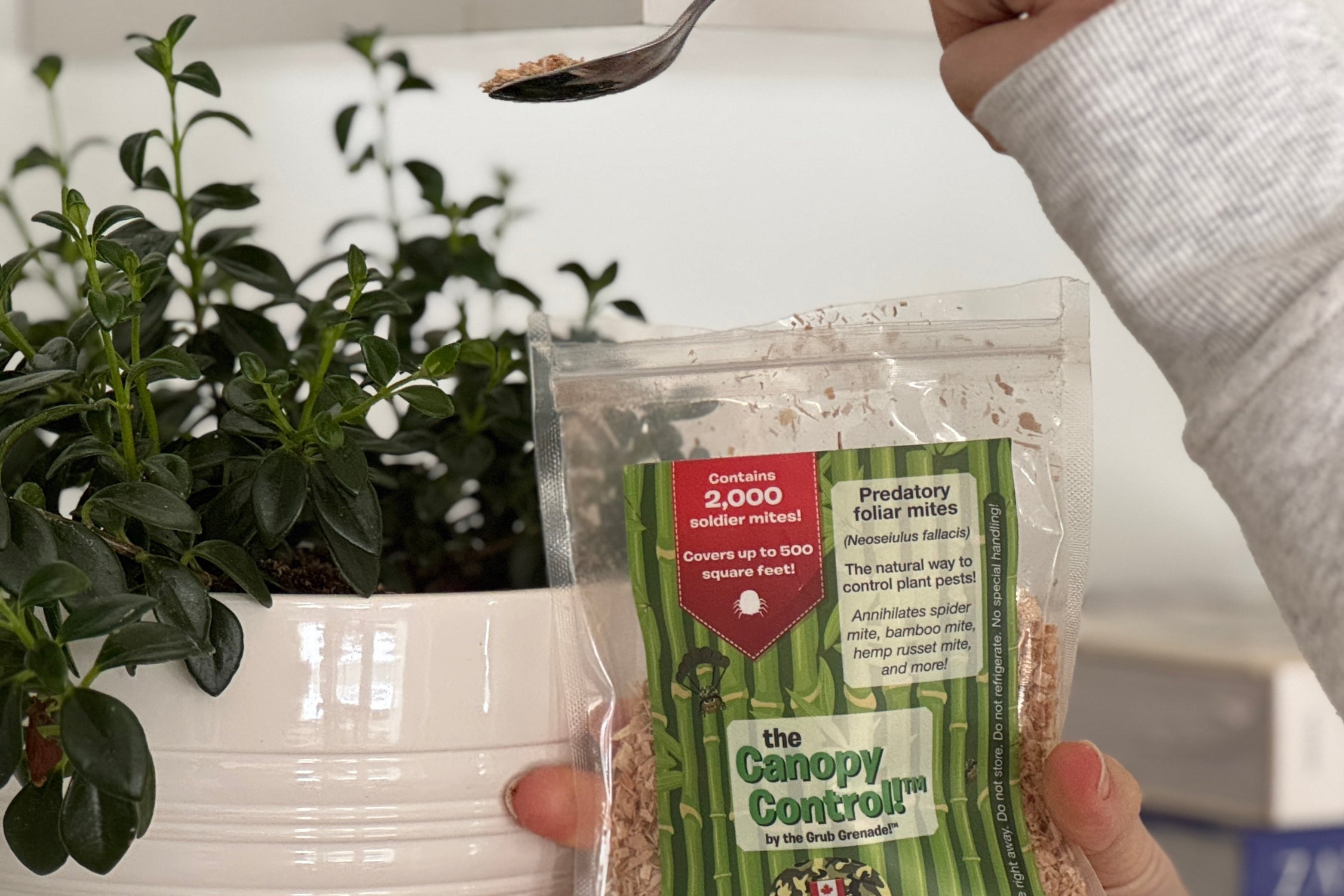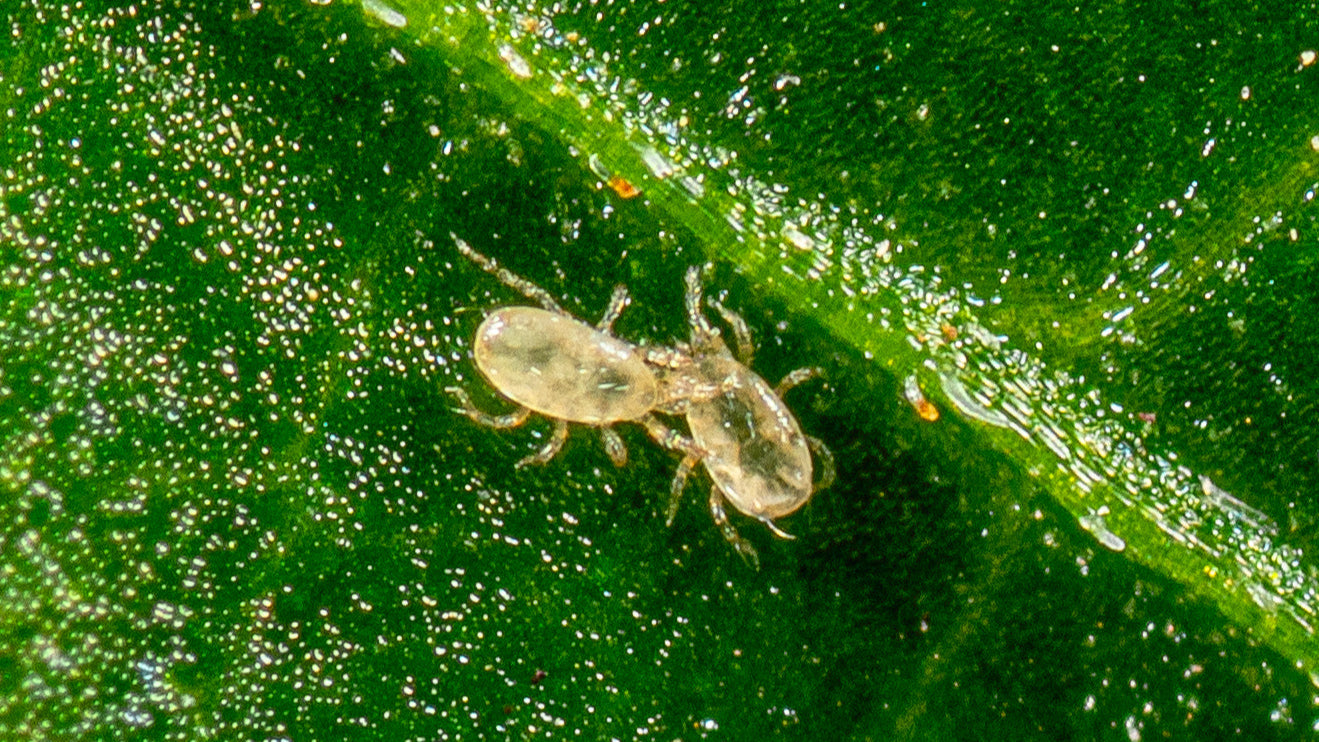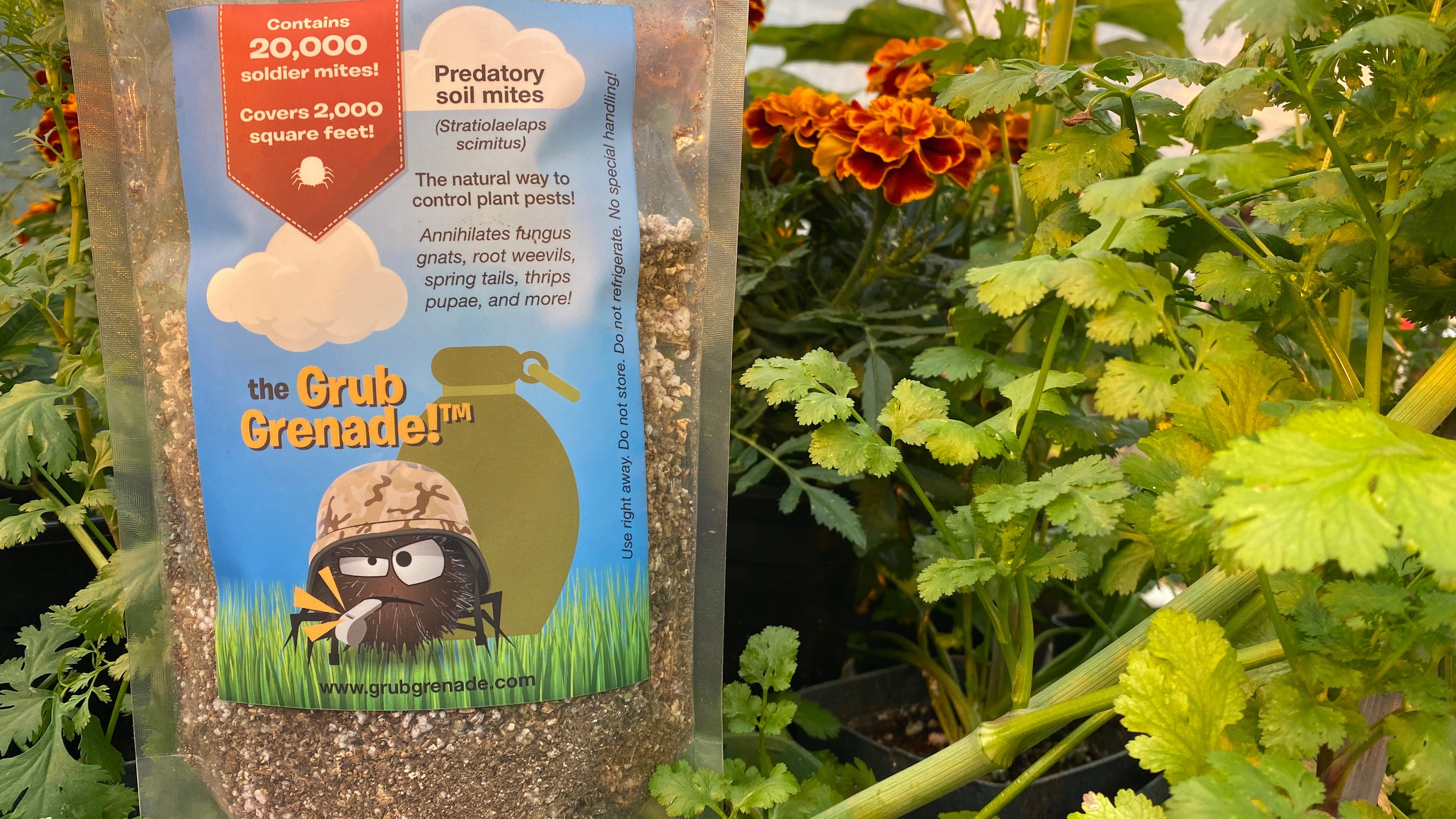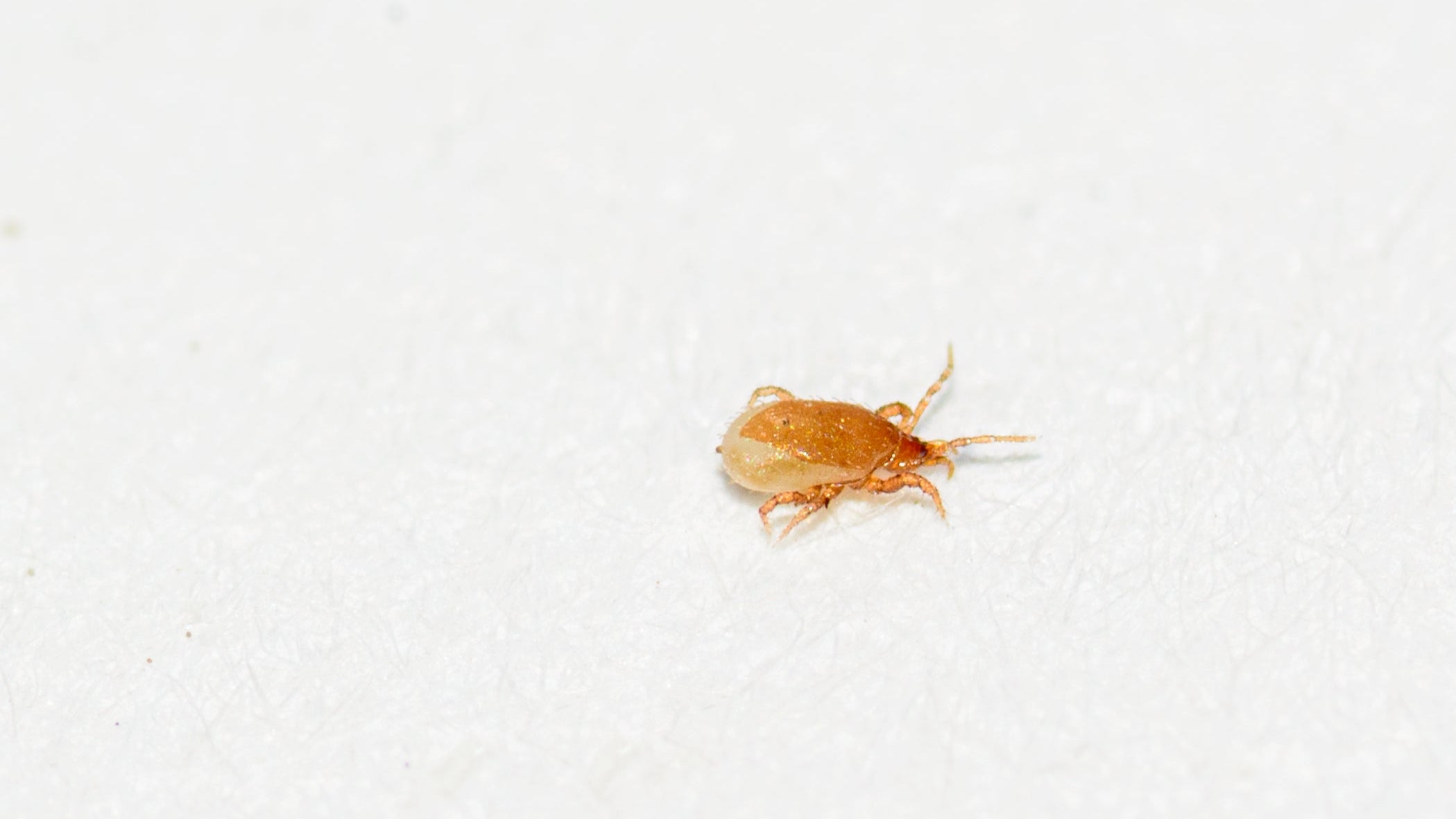
Grub Grenade
Grub Grenade is a small Canadian family business based out of Victoria BC. We provide healthy and effective beneficial insects to control your plant pests naturally so you can put the chemicals aside and let nature target nature, naturally. Not only is our product safe for the whole family, but it is easy to use. Simply open up the package, gently mix and sprinkle on your plants or soil. No more toxic chemicals in your home that are not only harming your family, but also compromising your plants natural protective barrier. How about the hours spent wiping and washing leaves, only to have the pests return a couple months later? Not anymore! We take pride in offering our customers the same bio-control that some of the largest organic growers across North America have been using for over 30 years- straight to your home.
Outstanding service | Family owned and operated | Always fresh product
Best Sellers
-

Grub Grenade
Generalist soil predatory mite, capable of controlling Fungus Gnat larvae, Thrips pupae,...
-

Canopy Control
Fallacis is an extremely effective Spider Mite predator. As well as European...
-
Online store
After six years of selling exclusively on Amazon as a third party seller, we are excited to now also be able to sell directly to you, our customers. We are very proud of our four and half star rating, (which is extremely challenging to achieve with a perishable product) on Amazon and we owe it you guys! After many requests for an additional sales outlet, as well as a frustrating last few months on Amazon and the postal strike we look forward to getting back to our full product line and helping you with your all natural, environmentally-friendly pest control needs!




Testimonials
-
I have ordered these beneficial mites [Grub Grenade] numerous times over the past few years. When the mites arrive it's very clear to see that there are a lot of active adult mites in the package. Within a week, the effect of the mites becomes noticeable if you're using them to treat an infestation. I use these beneficials for both preventative and to treat infestations in my greenhouse, grow rooms and on my houseplants. I also use the foliar mites from this company, and my opinion of those is identical; they work really well.
-
This product [Grub Grenade] is expensive and hard to determine if there is anything really in the bag besides dirt BUT it works. I had a nasty soil fungus infestation and I was using the sticky yellow strips and they would fill up with hundred of gnats in a few days. Disgusting! So I bit the bullet and bought the big bag of mites. It worked a charm and I haven't see the swarm of gnats or filled up any sticky strips. I am not sure how long they live once the gnats are gone but so far so good. I am happy with my purchase.
-
I’ve order this product [Grub Grenade] three times. The first time the bugs were noticeably alive and ready to get into the garden, the send time Canada post didn’t leave a pick up notice card so it sat in the mailbox for too many days and I think they were all dead. I reached out to the company and they sent another package, this time I could see the bugs moving around again. I’m impressed with the company and the product!
-
I bought Canopy Control to kill the spider mites on my lemon tree. I tried pesticides, insecticidal soap and alcohol prior but nothing worked! I emailed customer service to get instructions on how to use the mites properly and they were very helpful and quick to respond. I ended up buying a second round just to be safe and it looks like the spider mites and their webs are gone! 🤞🏻I should also mention I put a humidifier under the tree and misted it 2-3x a day with water because I was told that if it’s not humid enough the predatory mites will leave.Update: It's been a few months and the spider mites are definitely gone! The tree is happy and producing lemons! I highly recommend this product.


